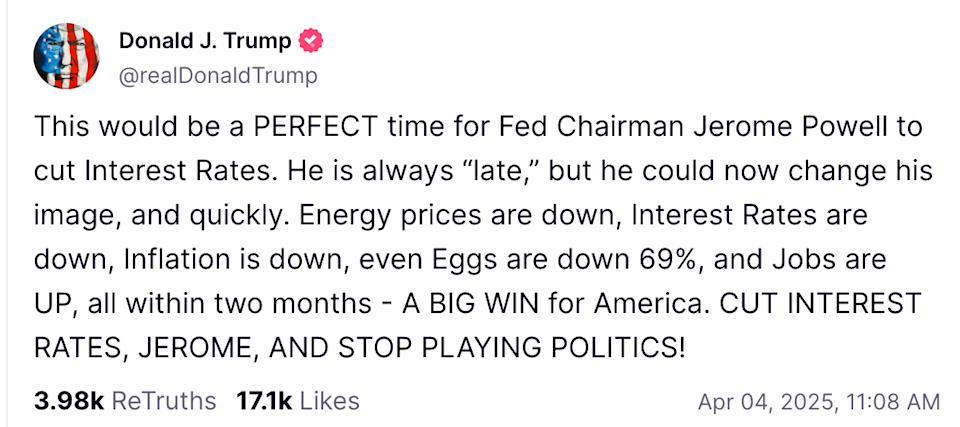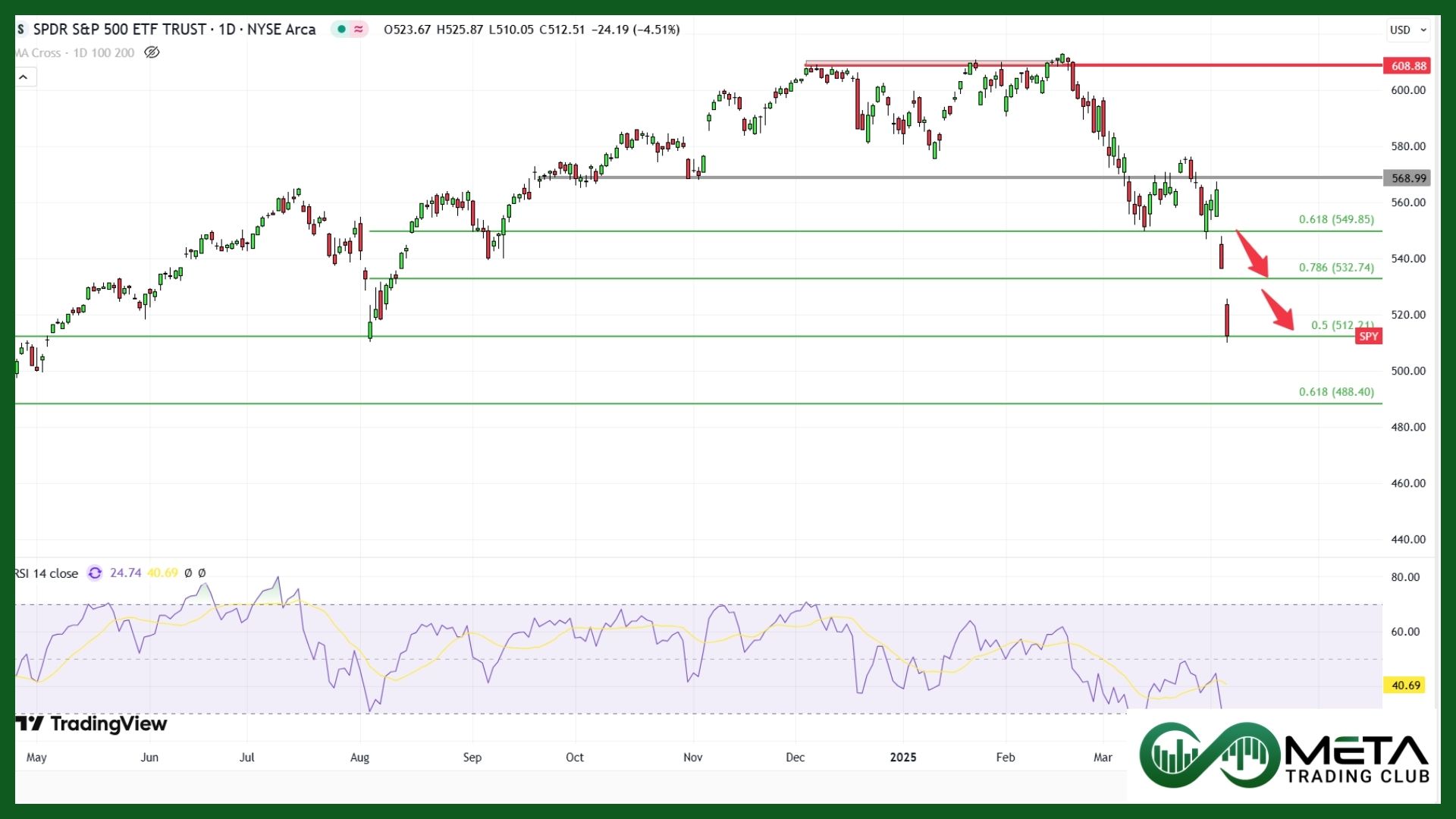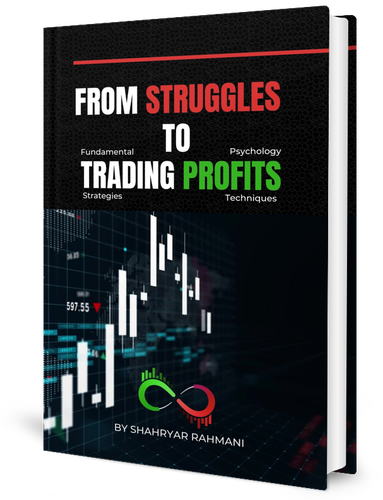Federal Reserve Chair Jerome Powell delivered an “economic outlook” at the Society for Advancing Business Editing and Writing’s annual conference in Arlington, Virginia. His remarks addressed key issues such as tariffs, inflation, and the potential challenges facing the economy. The speech provided insights into the Federal Reserve’s perspective on monetary policy and the broader economic landscape.
Powell’s Key Highlights:
The Federal Reserve anticipates slower but steady growth this year following a period of robust expansion. Hard data aligns with this outlook, although surveys suggest dimming expectations and higher uncertainty due to new federal policies, especially trade-related ones. Clarity on these policies will aid in assessing their economic implications.
The labor market remains balanced with low layoffs and stable unemployment at 4.2% in March, supported by moderate job growth of 150,000 monthly. Inflation has sharply declined from pandemic peaks but progress toward the 2% target has slowed, with higher tariffs likely to push inflation up in the near term. Longer-term inflation expectations remain anchored.
The Fed faces uncertainties with risks of rising unemployment and inflation. Substantial policy changes in trade, immigration, fiscal policy, and regulation add complexity. The Fed stresses the importance of keeping longer-term inflation expectations stable and awaits greater clarity on tariffs before adjusting monetary policy. It remains committed to achieving its dual mandate of maximum employment and price stability.
Federal Reserve Chair Jerome Powell acknowledged that inflation from President Trump’s tariffs might be more persistent than initially thought, as the economy faces unexpectedly high trade duties.
Trump, meanwhile, pressured Powell to cut interest rates, calling him “late” and urging immediate action.
Powell, however, emphasized the uncertainty surrounding monetary policy decisions and noted that the economic effects of tariffs—higher inflation and slower growth—remain unclear. The steep tariffs, the most significant in over a century, caused market turmoil, with stocks experiencing their worst one-day drop since March 2020.
Economists revise forecasts, predicting potential recession risks, while traders anticipate multiple rate cuts this year, starting in June.
Impacts of Report on Stock market
Jerome Powell’s speech today had a significant impact on the stock market. The S&P 500 and other major indices continued to decline further as investors reacted to Powell’s cautious stance on rate cuts and the economic uncertainty caused by new tariffs. The market’s optimism faded, leading to increased volatility and concerns about a potential recession.














